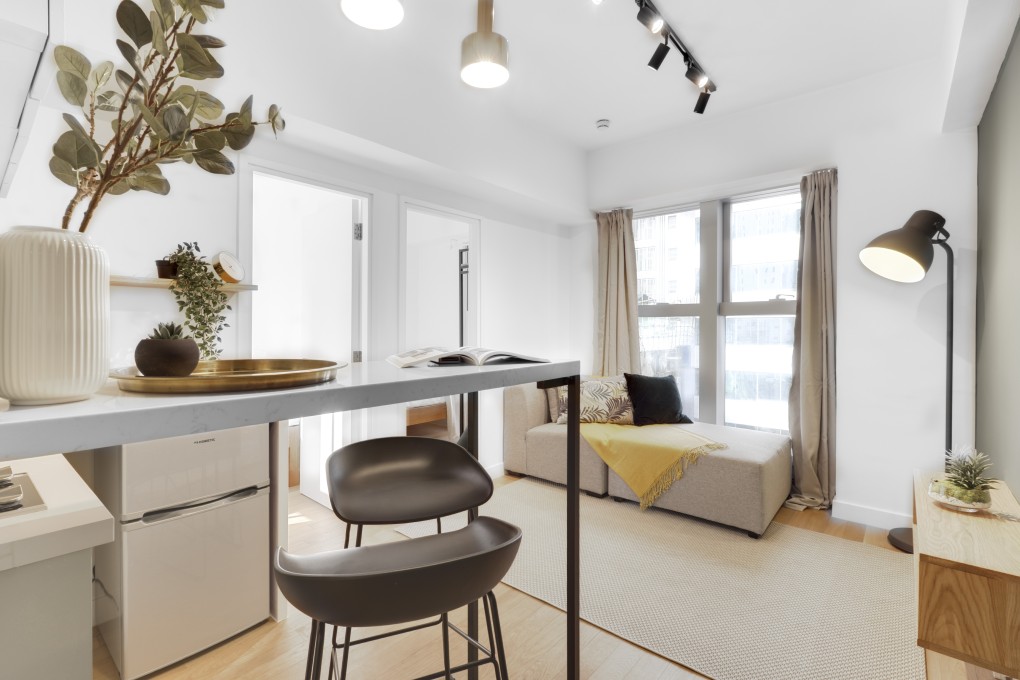Your bedroom is all that’s your own, but big ‘co-living’ units are proving so popular that operators are rushing to boost supply
- Co-living is in its infancy, but ‘take-up has been strong,’ said one analyst
- Renters get their own bedroom but share kitchens and living areas

Co-living – in which renters have their own bedrooms but share other space like kitchens and living rooms – is taking off in Hong Kong, with operators planning to triple the number of units available by the end of next year.
So far, only about 400 of these big co-living units exist in a city known for a chronic shortage of affordable housing. But operators want to boost that to 1,400 units – each of which may have 10 or more individual bedrooms – by the end of 2020.
Co-living is still in its infancy, but “take-up has been strong so far,” said Barry Chung, a senior associate director at Savills Hong Kong, “with many of the operators currently recording over 90 per cent occupancy rates.
“Co-living does seem to have … provided solutions that traditional residential doesn’t offer,” he added.
The appeal of co-living is not cost. Average monthly rents for traditional and co-living flats are about the same – between HK$7,000 (US$892) and HK$22,000. But co-living renters like that they do not have to sign long-term leases – in Hong Kong, generally two years – or come up with a least two months of security deposit. That is making them especially attractive to young professionals or recently arrived expats.